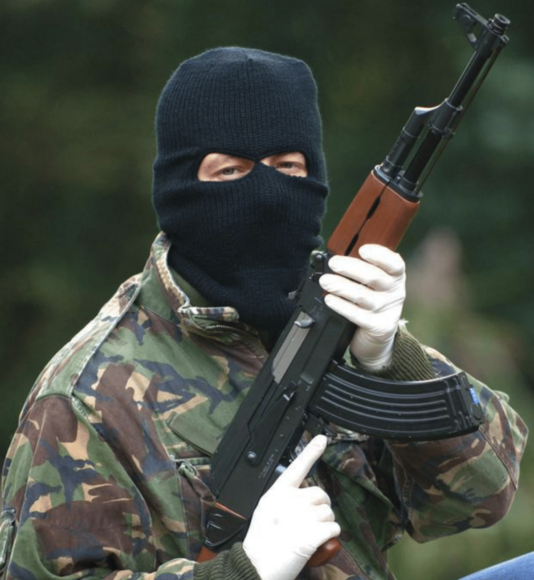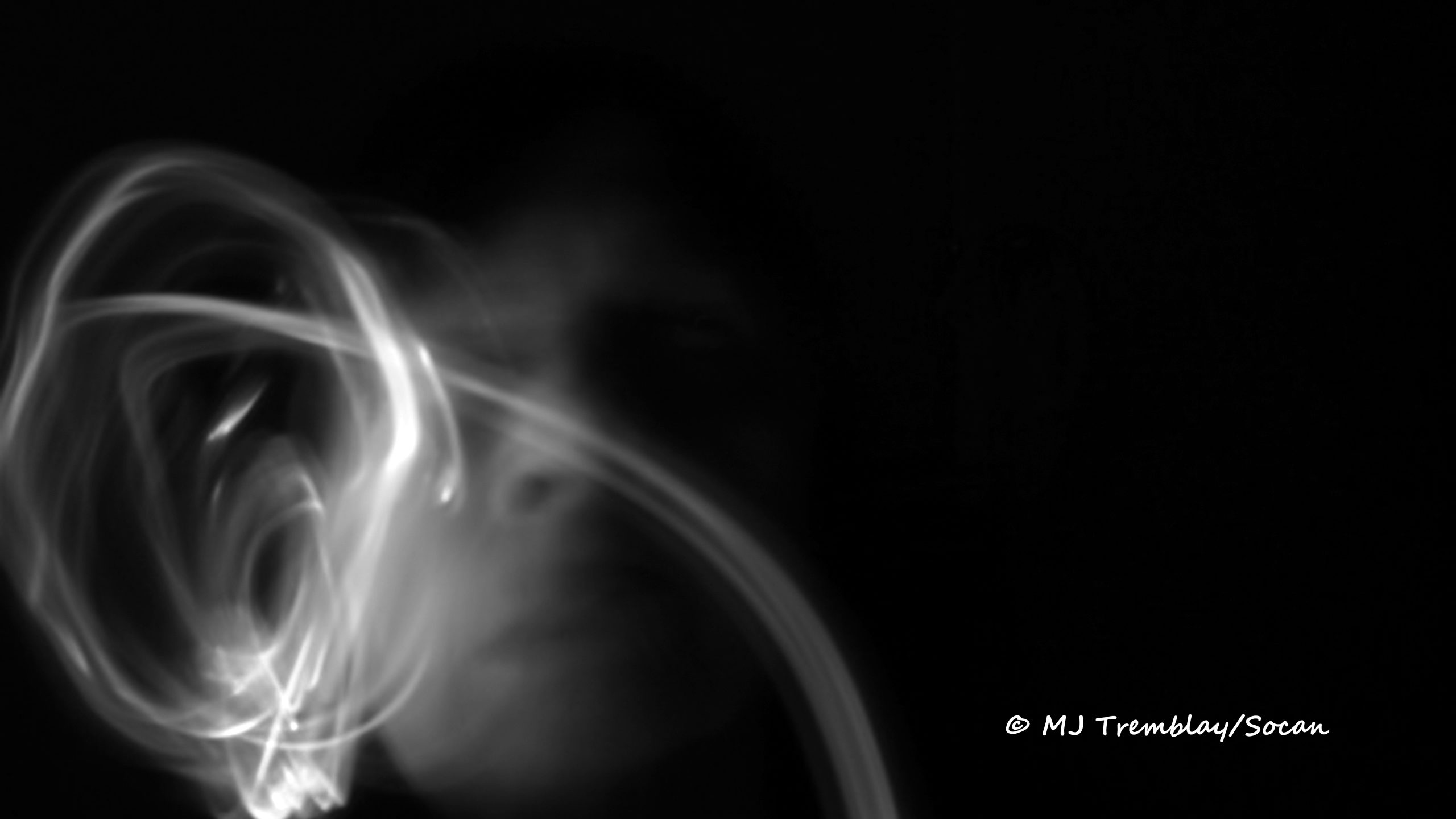
If you were coming home at night and saw a group of people burning down your house and attacking your neighbours, your first inclination would likely be to call 911 and contact the police. But what if you realized that the ones burning your house and attacking your neighbours were the police? Then, the obvious option would be to turn to yourself and like-minded friends to create your own institution to protect the community from assault.
This was what happened during the recent 25-year conflict in the north of Ireland, and it challenges some of the misconceptions and preconceptions related to popular assumptions about what is erroneously called vigilantism.
It is important to understand that we are not talking here about a kind of psychotic personalized violent campaign carried out by a “Punisher”-type character based on a private ethical code. Nor are we talking about rogue state agents who decide to administer what they call “justice,” often with the official state apparatus turning a blind eye. In many countries, police have run clandestine death squads to “take out” people nominally protected by the rule of law.
Here we are talking about a system of justice carried out by a non-state community-based organization that has at its disposal the means to enforce a recognized legal code and to discipline those who violate it. To be effective, it is essential that this organization also be responsible and responsive to its base community.
Northern Ireland was set up a century ago in the aftermath of an anti-colonial struggle that saw the birth of an independent Irish state. The British government wished to keep the industrialized northeast six counties of Ireland and relied on the descendants of former settlers to act as shock troops to achieve this end. Northern Ireland was explicitly designed to disenfranchise and disempower its Irish Nationalist population (about 33%) and guarantee the permanent supremacy of the loyal Unionist majority.
The local police, the Royal Ulster Constabulary (RUC), was drawn almost exclusively from the Unionist population, and Nationalists always viewed it as a hostile, occupying force. In the late 1960s, Irish Nationalists demonstrated for equal rights and were brutally repressed by the RUC and Loyalist paramilitaries. People were beaten, teargassed, and shot dead. Hundreds of homes were burned, and thousands of people became refugees overnight. At that time, it was the largest forced displacement of people in Europe since World War II.
This state terror led most famously to the rebirth of the Irish Republican Army (IRA), but the IRA was only one part of the alternative structures that the Nationalist community began to create for itself. Since the RUC was totally discredited and loathed, the Nationalist areas had to create their own system of justice. This role fell to the IRA, which became responsible for administering justice and punishment in the communities it was part of.
Obviously, non-state actors in urban areas cannot create spaces to incarcerate offenders, so alternatives need to be created. Perhaps the most notoriously well-known aspect of the IRA’s administration of justice was the punishment shooting or “kneecapping,” in which offenders were shot in the knee or ankle. In fact, the IRA was reluctant to use this form of punishment widely and would often shoot the person in the thigh to inflict less damage. The IRA even consulted doctors on how to cause serious but non-lethal injury. They were advised to shoot the ankles and wrists instead of the knees because it lessened the risk of the victim bleeding to death.
Delinquents were usually warned about their behaviour at least twice before any physical punishment occurred. Generally, a beating would be administered before shooting would be considered. In some cases, people deemed to be guilty of anti-social behaviour were told to leave the country for a specific period of time. For some young people with little education and few job skills, exile from a close-knit community was considered a harsher punishment than kneecapping. It is important to understand that the IRA was tightly linked to its community, so punishment needed to be seen as deserved, measured and appropriate. If not, the IRA risked losing its base of support.
As the war went on, IRA volunteers were sometimes called upon to take on the role of social workers and deal with a wide range of issues such as domestic violence. Republican activists also developed the idea of “restorative justice” in which a perpetrator was forced to make restitution to a victim in some way. This could be financial compensation or community service. The RUC and British officials frequently condemned the IRA as terrorizing its community, but this was nonsense. The IRA was responding to the demands of its base and was seen to be legitimate in the eyes of the people.
In fact, administering justice was seen by the IRA as a diversion in some ways because it took away resources from the war with the British state. The RUC was fully aware of this and indeed encouraged anti-social activity and drug trafficking in Nationalist areas as a means of weakening community solidarity and stretching the IRA’s capacity to wage war. The RUC, ostensibly a force to uphold the rule of law, thus often directly encouraged criminal activity. The RUC also sought to recruit informers amongst criminal elements by offering them money and the promise, generally false, of protection if the IRA discovered they were informing. Encouraging crime and anti-social behaviour thus became part of the state police’s standard operating procedure in its counter-insurgency campaign.[i]
The RUC also recruited agents amongst Loyalist paramilitary groups and allowed (and even facilitated) the indiscriminate killing of members of the Nationalist community. The RUC provided information and weapons to these clandestine death squads. Moreover, the RUC ran its own “shoot-to-kill” strategy where Irish Republican activists were ambushed and shot dead even though they were unarmed and could have been arrested. This policy was exposed in a 1986 report by British police inspector John Stalker.
I remember once being at a party in Montréal with an elected member of Sinn Fein, which was considered the political wing of the Irish Republican Movement. A young man began challenging the Sinn Fein politician about the use of kneecapping and punishment beatings. The Sinn Fein politician began explaining the complexities of the issues involved. Also at the party was a middle-aged woman from Belfast, the mother of four children, who listened for a while. When the young man continued his criticism, she snapped at him, saying that the hoods deserved far worse. The Sinn Fein politician shrugged his shoulders and explained to the young man this view was quite representative of the community the Republican movement answered to.
The violence of the British state and the RUC forces have had a lasting effect on the entire Irish Nationalist community.
Any analysis of alternate forms of community-based justice systems needs to take into consideration their social and historical context if they are to be understood, and to avoid simplistic moralizing. The official state justice system also needs to be examined to see why such alternatives are considered a viable option by a community.
In the Irish case, the Royal Ulster Constabulary was a sectarian force with no credibility, even at the beginning of the conflict in 1969. The RUC became even worse during the war and aggressively encouraged criminal behaviour and activities designed to sap the Irish Nationalist community’s will to resist. Moreover, it actively aided far-right death squads that murdered people in the Nationalist community indiscriminately. The RUC ultimately failed but left many broken lives along the way. Given the choice, the Irish nationalist community clearly put its faith in the IRA to control crime and administer justice rather than trust a state police force whose main mission was repression and social control of the minority population.
[i] Ron Dudai, Penalty in the Underground: The IRA’s Pursuit of Informers (Oxford University Press), 2022.










